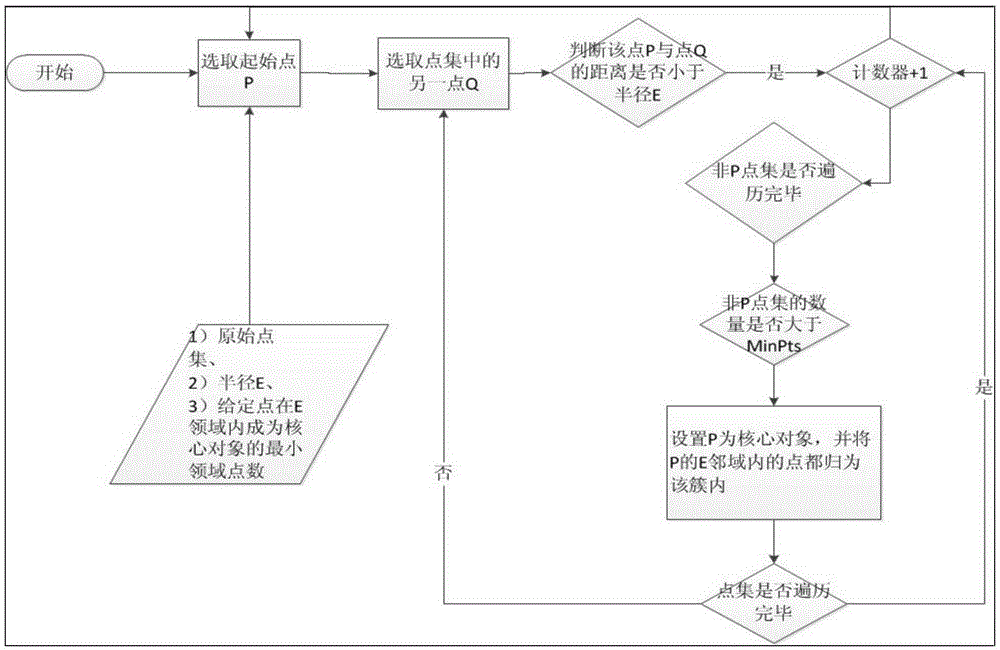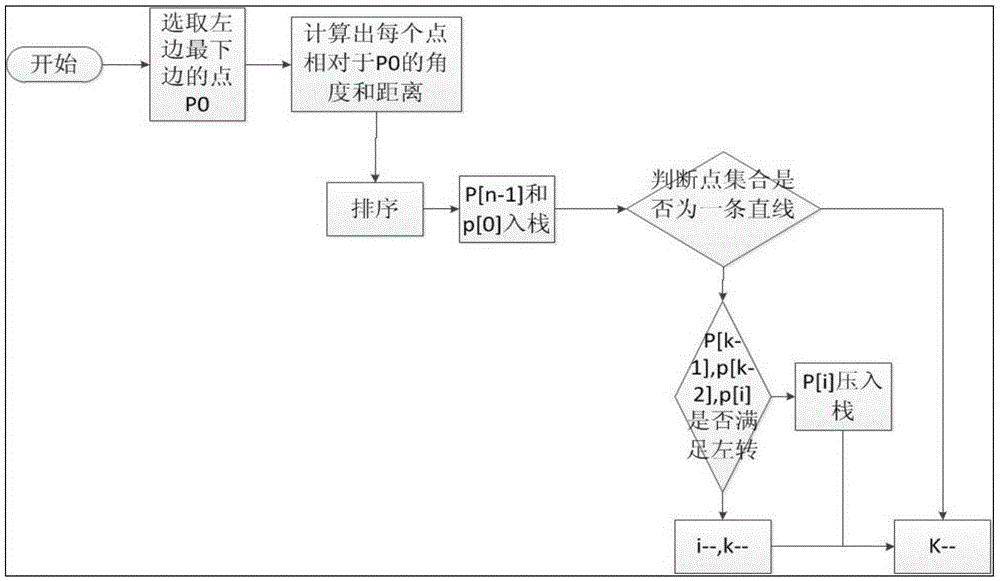Travel demand analysis-based bus station point deployment method
A travel demand and station technology, which is applied in the field of bus station deployment and intelligent bus route design, can solve problems such as not being fully applicable to smart bus station deployment, passenger hotspot effect, lack of consideration of urban traffic characteristics, etc.
- Summary
- Abstract
- Description
- Claims
- Application Information
AI Technical Summary
Problems solved by technology
Method used
Image
Examples
Embodiment Construction
[0099] Such as figure 1 As shown, a bus station deployment algorithm based on travel demand analysis consists of four parts: clustering of hotspot areas, road / traffic bottleneck data extraction, station selection problem conversion, and selection of bus stations based on greedy algorithm. The present invention first obtains the passenger hotspot area of the taxi by clustering the hotspot areas, and uses this as the basis for station layout; then extracts the road / traffic bottleneck data, and processes it as the area unit attribute of the passenger hotspot area; Afterwards, the station selection problem is converted through formal description; finally, the bus station is selected based on the greedy algorithm.
[0100] 1. The following describes the basic implementation of the present invention.
[0101] 1. First of all, it is necessary to obtain the GPS trajectory data of taxis in the city (at least one week), and perform cluster analysis on the GPS trajectory data of taxis...
PUM
 Login to View More
Login to View More Abstract
Description
Claims
Application Information
 Login to View More
Login to View More - R&D
- Intellectual Property
- Life Sciences
- Materials
- Tech Scout
- Unparalleled Data Quality
- Higher Quality Content
- 60% Fewer Hallucinations
Browse by: Latest US Patents, China's latest patents, Technical Efficacy Thesaurus, Application Domain, Technology Topic, Popular Technical Reports.
© 2025 PatSnap. All rights reserved.Legal|Privacy policy|Modern Slavery Act Transparency Statement|Sitemap|About US| Contact US: help@patsnap.com



